What is Container Gardening
Container gardening is perfect for growing in small spaces or homesteaders that can never say no to one more plant, but lack additional ground. Containers come in all shapes and sizes, so match the right size pot to the vegetable, fruit, or flower being grown. Pots for growing can range from decorative to functional. Whether you are growing herbs in a patio garden or growing a citrus tree in a cold climate container growing is for everyone.
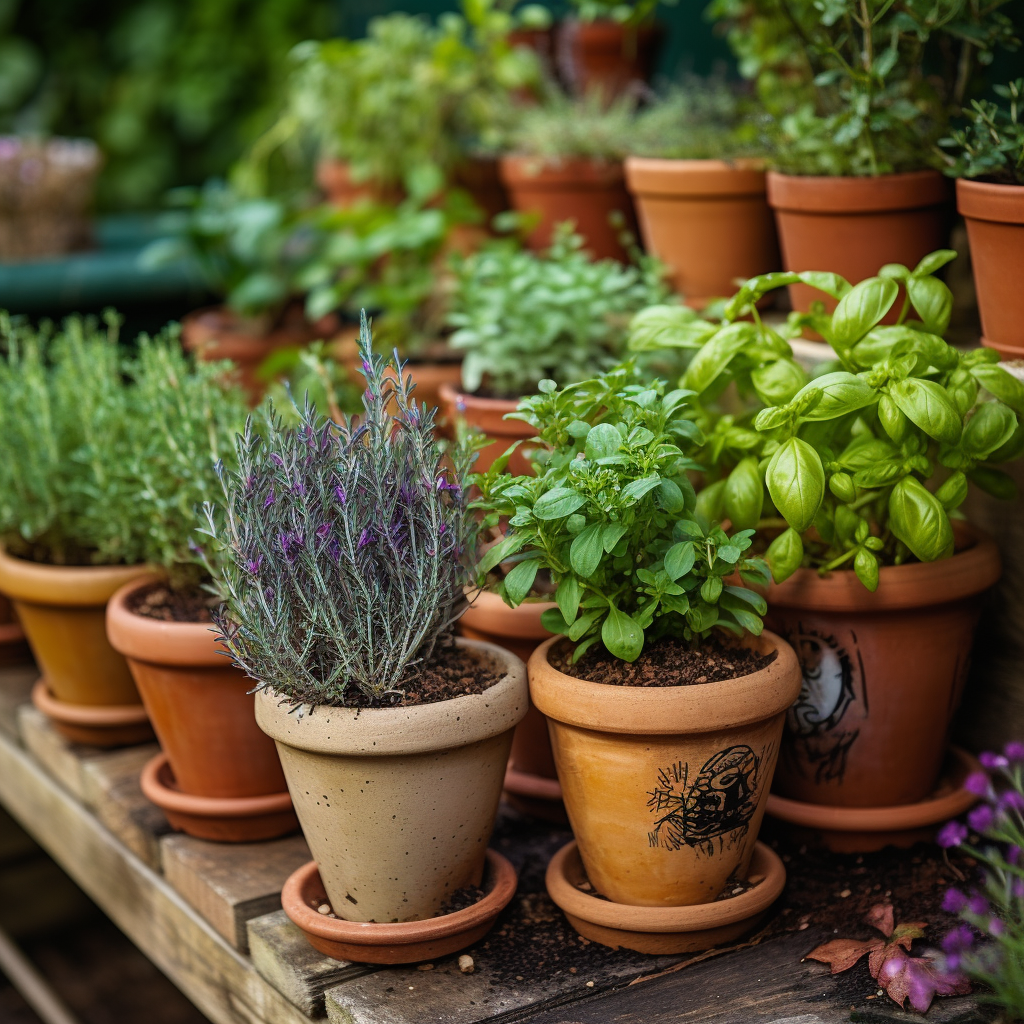
Soil for Container Gardens
The best soil for container gardens is light and loose. It is important for the soil to drain well. Container gardens that drain properly will grow deep roots and they will get the correct amount of water during their daily watering. When purchasing soil from a big box store you can get the stuff marketed for pots or raised garden beds.
We make a soil combination of peat moss, perlite, and chicken fertilizer compost. We also add a few scoops of soil from our in-ground garden beds directly into the wheelbarrow when making our potting soil mix for containers. Splitting 1/3 of each peat moss, perlite, and compost and then adding another 20% of the volume in topsoil from our garden seems to be the right mix for our homemade soil.
Best Plants for Container Gardening
Any plant will grow in a container. Whether it will thrive and produce a massive crop depends on the volume of the container, the fertilizer frequency, and how much water. It is possible to give plants everything they need to produce full-size harvests from container gardens.
Fill in space in your garden with pots of all shapes and sizes. We enjoy growing a diverse number of herbs and varieties in pots tucked in around the backyard food forest.
Overall, I have more success with smaller plants in containers. Unless using a very large container 10 gallons or more some plants do not thrive. There is also a lot of variance with different varieties. Some varieties do not have the same demands as others. As an example, cherry tomatoes will grow just fine in a 5-gallon bucket, however large heirloom tomatoes do not have large harvests when in the same size container but will do fine in a 10 or 15-gallon pot.
The following are my opinions based on several years of container gardening heavily with 5-gallon buckets, grow bags like the fabric root pouch up to 100 gallons, and even Rubbermaid containers.
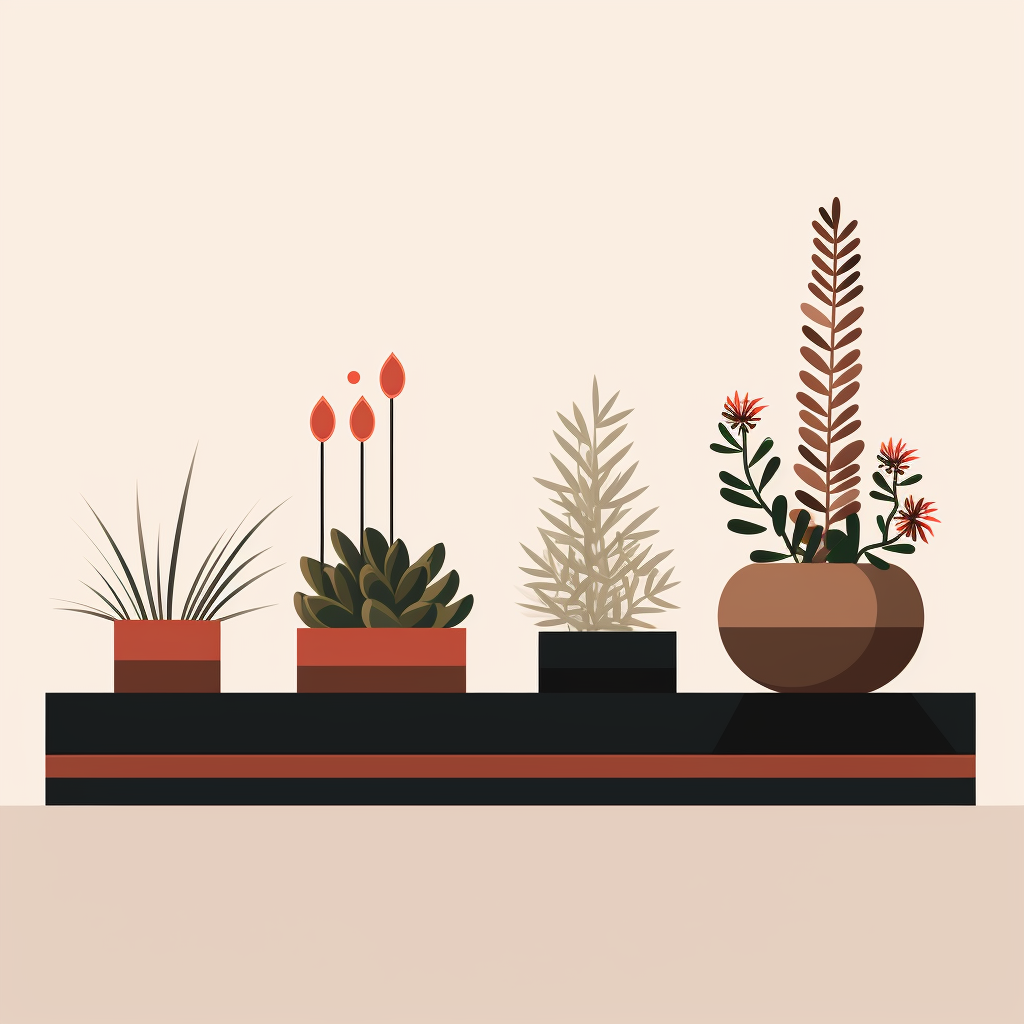
These plants grow well in 5-gallon containers
- Strawberries
- Lettuce
- Arugala
- Radish
- Beets
- Peppers
- Cherry Tomatoes
- Potatoes
- Carrots
- Beans
- Peas
- Collard Greens
- Kale
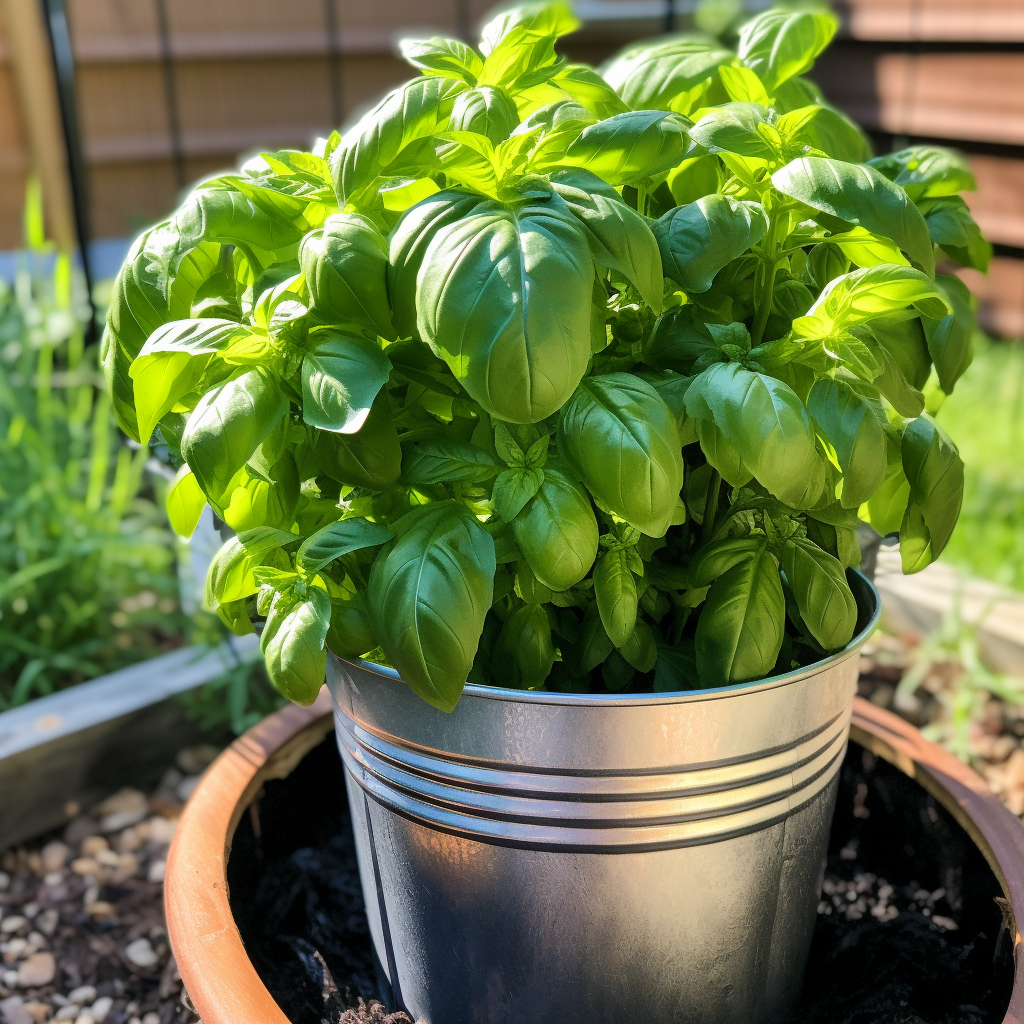
These plants need large 10 – 20 gallon containers
- Slicing Tomatoes
- Corn
- Squash
- Pumpkin
- Sweet Potatoes
- Citrus Fruit Trees
- Figs
- Broccoli
- Cabbage
- Cauliflower
- Tomatillos
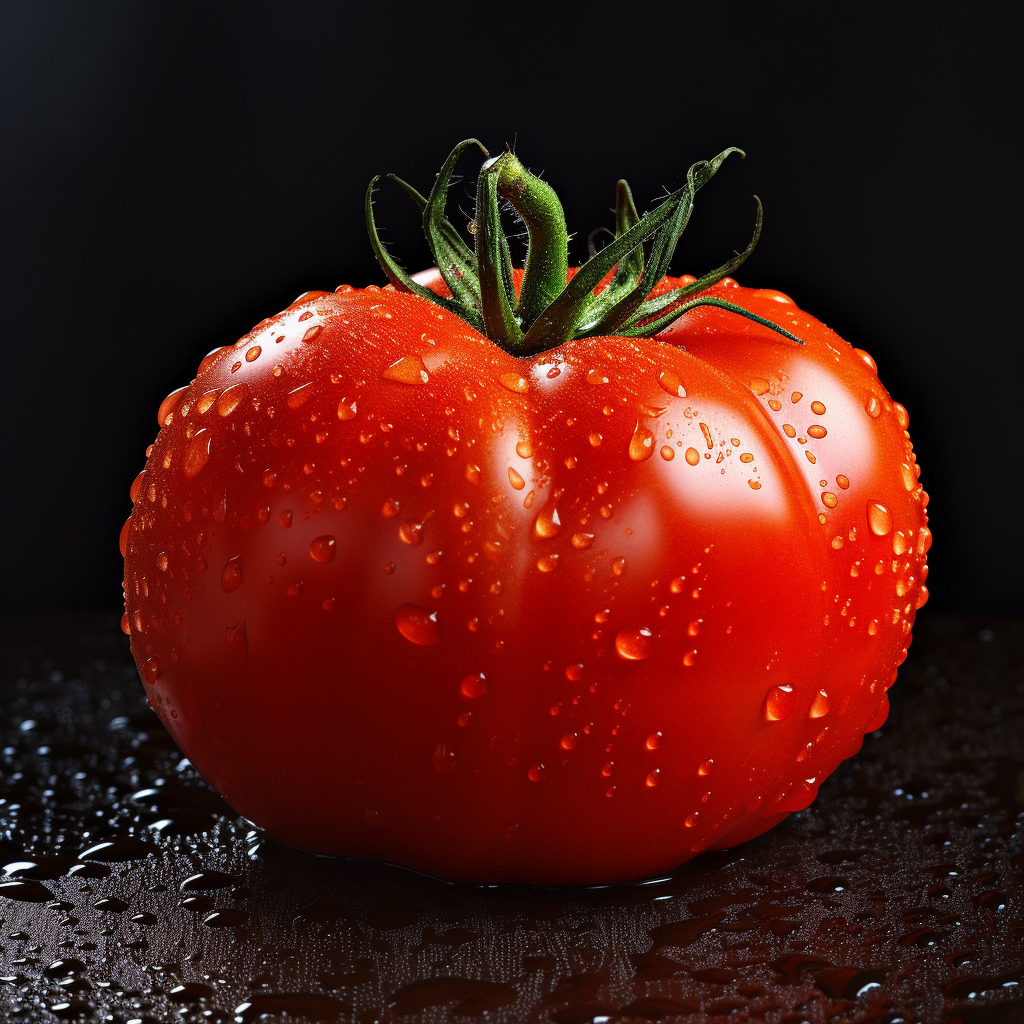
Types of Containers
There are countless container ideas that work for growing plants. Select the size of the container for the type of plants that you are planning on growing. Add drainage holes in the bottom of the container if you are making a pot.
Decorative Ceramic Pots
Decorative ceramic pots are fun containers for herb gardens. Generally, these pots will be smaller in size. As a result, they will require frequent watering and are not suited for growing larger plants with big root structures.
When purchasing a decorative pot for your patio garden make sure it has a hole for drainage. Many pots are made with no drainage holes. These do not allow the roots of the plants to breathe, which results in wet and soggy roots. This leads to poor plant growth and early death. Three holes are better than one at the bottom of the pot as a single hole easily gets plugged.
We grow herbs and flowers in decorative pots on our back deck to add a little bit of color and easy access to the flavor-enhancing herbs that we enjoy with our meals.
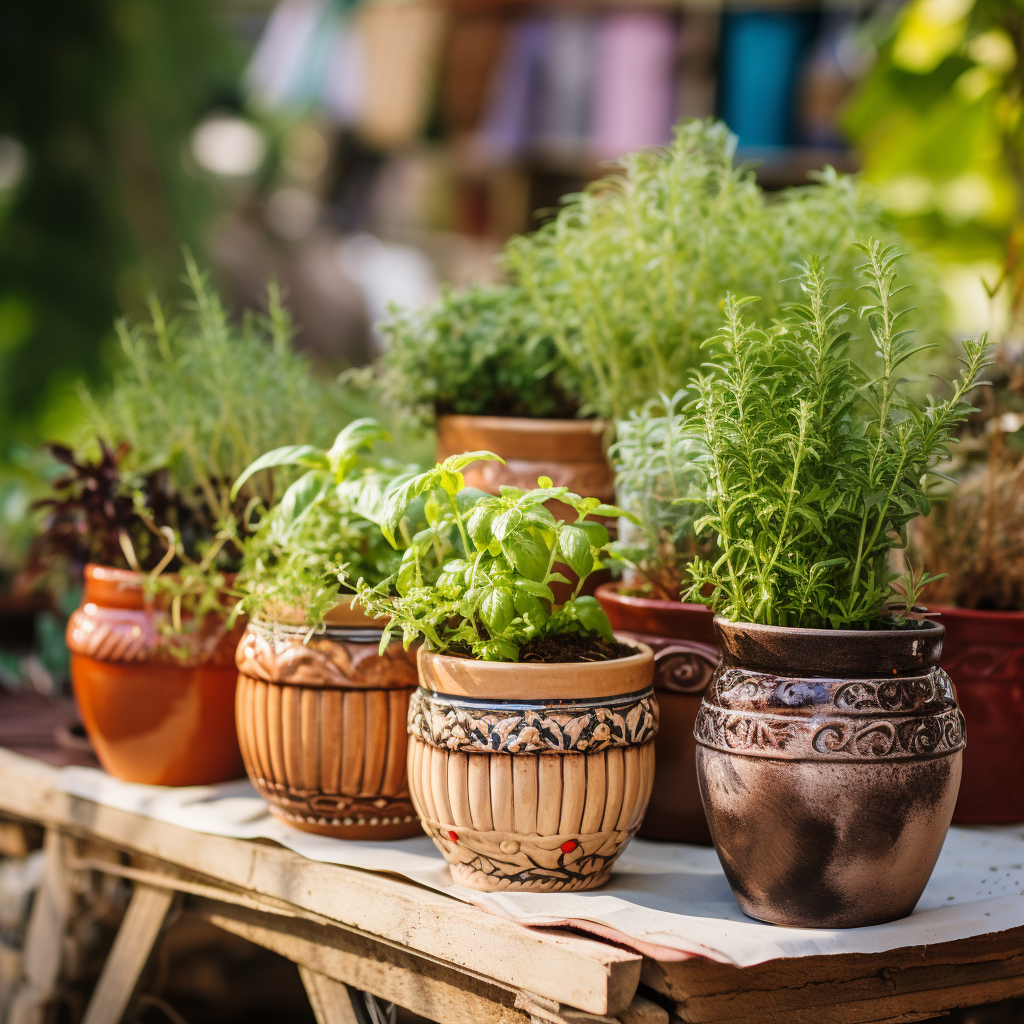
Nursery Pots
Nursery pots are the workhorses of container gardens. Pots from nurseries are easy to come by. People will often list them for free on your local Craigslist. Ask friends and family to save their pots from any new plants they purchase from the garden center. Nursery pots range in size from small squares that are only good for growing plants to transplant later to giant 20-gallon or larger pots.
Nursery pots will have several large holes at the bottom for proper drainage. They are black and look utilitarian so you may want to hide them in the garden or be creative to disguise the pots.
5 Gallon Buckets
The 5-gallon bucket from home depot, lowes, or other big box stores are excellent containers for the garden. They do not have holes so it is essential to create several drain holes on the bottom. They have a handle so they are easy to move around and when the growing season is done if you dump out all the soil into a compost pile they easily stack to put away for the winter.
Like nursery pots, they are not visually appealing. Actually, a 5-gallon bucket container garden is pretty unsightly despite being very functional. We purchased coffee bean bags for a quarter per bag from a nearby roaster that were made from jute and placed each bucket in the bag. Tucking the bag into the bucket and using the soil to keep it in place the white, orange, and blue buckets now had an appealing look and could be snuck all over the garden without being an eyesore.
Grow Bag / Root Pouch
Using grow bags / root pouch’s for container growing has become very popular in recent years. Initially, used mostly for indoor growing, grow bags make a suitable option for backyard gardeners. The best part about using root pouch grow bags when you are done for the season the soil can be dumped out and the bags folded up and placed in a storage spot until the following growing season.
Grow bags come in all kinds of sizes. Match the size of the pouch with the type of plant that you plan on growing.
Rubbermaid
The standard Rubbermaid tub for storing things in your garage or basement makes excellent containers for growing crops. The typical Rubbermaid tub is much larger than a typical pot or container. If you are planning on growing crops like large heirloom tomatoes, broccoli, squash, or even corn in containers this is what you want.
The only downsides are they require a lot of material to fill and they are unsightly. On the positive side, you can add some material at the bottom like rotted wood and branches which will hold extra moisture and fill up the bin. Remember to add several drainage holes across the bottom so plant roots do not get too wet.
Car Tire Method
I’ve never done it, but using car tires and adding soil works. I’ve seen it work for enough people to add it to the list of container gardening ideas. Potatoes are a common crop I see people growing in car tires. Select an indeterminate variety of potatoes and build a potato tire by adding an additional tire and soil as the plant grows.
Fertilizing Garden Plants in Pots
Container gardens need more water due to drying out. This extra water flushes out the fertilizer that you apply quicker than if the plants were in the ground.
Feeding container gardens with fertilizer is important for healthy plant growth. Either a home-brewed compost tea of some variety or a store-bought liquid fish fertilizer works well. Plants growing in containers will need more fertilizer than plants growing in the ground. Every 2 weeks seems to be about the right amount of fertilizer. However, observe the plants and any signs of nitrogen deficiency, it is wise to add fertilizer during the next watering.
Plant Combination Ideas for Container Gardens
Most vegetables in containers are best grown by themselves. The containers only have so much space for the roots and it is important that they have the maximum ability to grow. On the other hand, growing flowers in pots can be mixed to create beautiful combinations.
When growing in large containers like Rubbermaid containers or big grow bags for tomatoes feel free to add in a basil plant or other favorite herbs. Typical companion planting options work well. Feel free to squeeze in onions, beets, radishes, etc where they will fit and not disrupt the main vegetable.
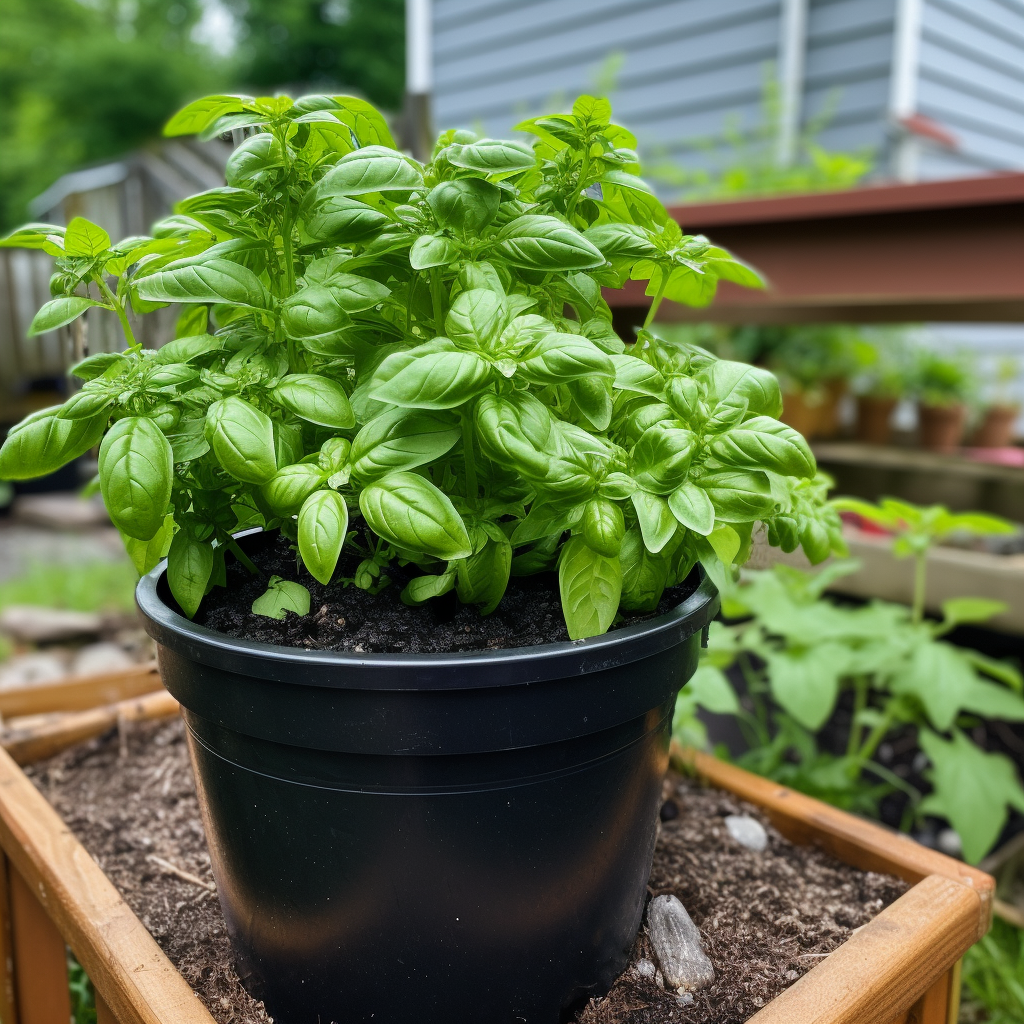
Tips for Container Gardening by Plant
Every plant is different. Here are a few helpful tips for growing fruits and vegetables in container gardens. There are no tools required for container gardening. The spaces are small enough that you can hand-pull any weeds. A small hand-held trowel is helpful for cultivating the soil or a hori hori for weeding before planting or assisting with harvesting.
Strawberries
Strawberries do not require large containers to grow. The most important thing to consider is how many individual plants can you fit in the garden. A wider container is better for fitting in several plants.
We use a container for growing new strawberry varieties and then attach all the runners to small 4 inch square pots to grow new plants to add to our strawberry patch in the future.
Potatoes
Potatoes benefit from a larger container. This will allow the tubers to fully mature. Using a smaller pot will still work, but if it is 5 gallons or less expect to harvest smaller tubers and more that are akin to the fingerling size.
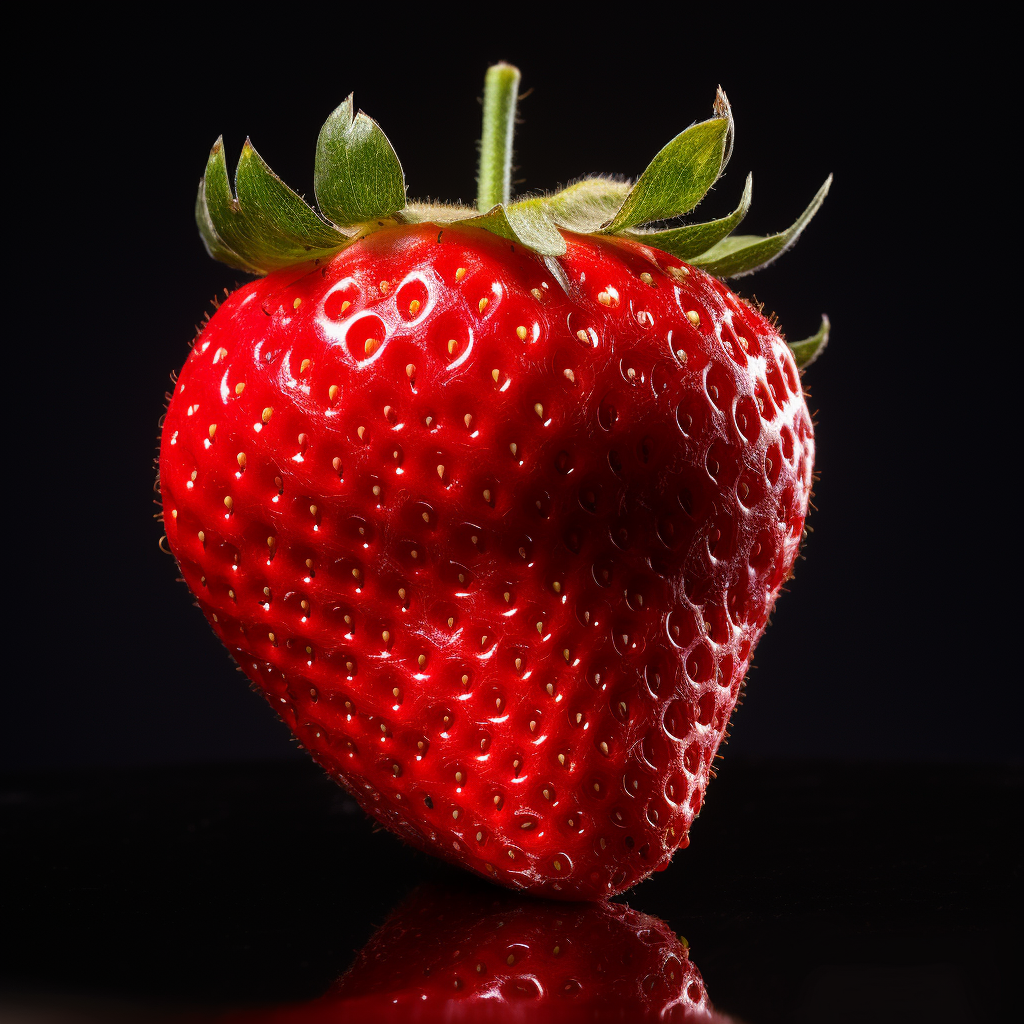
Peppers
A single pepper plant will grow well in a 5-gallon pot. They will need to be fed fertilizer and watered regularly to get to size and fruit properly.
Tomato
While you can grow a cherry tomato in a 5 gallon bucket, I recommend getting a 7 gallon grow bag or a larger nursery pot for growing tomatoes. Especially, when growing heirloom slicing varities. Indeterminate varieties that will continue to grow for the entire duration of the growing season also benefit from a bigger pot. A determinate variety is easier to get away with in a 5 gallon container but go bigger, you will have less blossom end rot due to inadequate watering and nutrition.
Lettuce
A typical 5-gallon bucket is perfect for lettuce. In container gardens heavily seed the lettuce or arugula and then cut the leaves when still small several times. If you want full-size lettuce heads you will likely only be able to plant one or two per pot.
Cucumbers
Cucumbers are best grown in a larger pot. When arranging your garden containers think about putting cucumbers in the back with a small trellis to climb.
Herbs
Herbs grow in pots extremely well. We always have thyme, rosemary, oregano, and basil growing in containers. Of course, there are many more to grow and they all do exceptionally well in pots of all sizes. If you only have a little space, get a herb garden in decorative pots, and instant happiness.
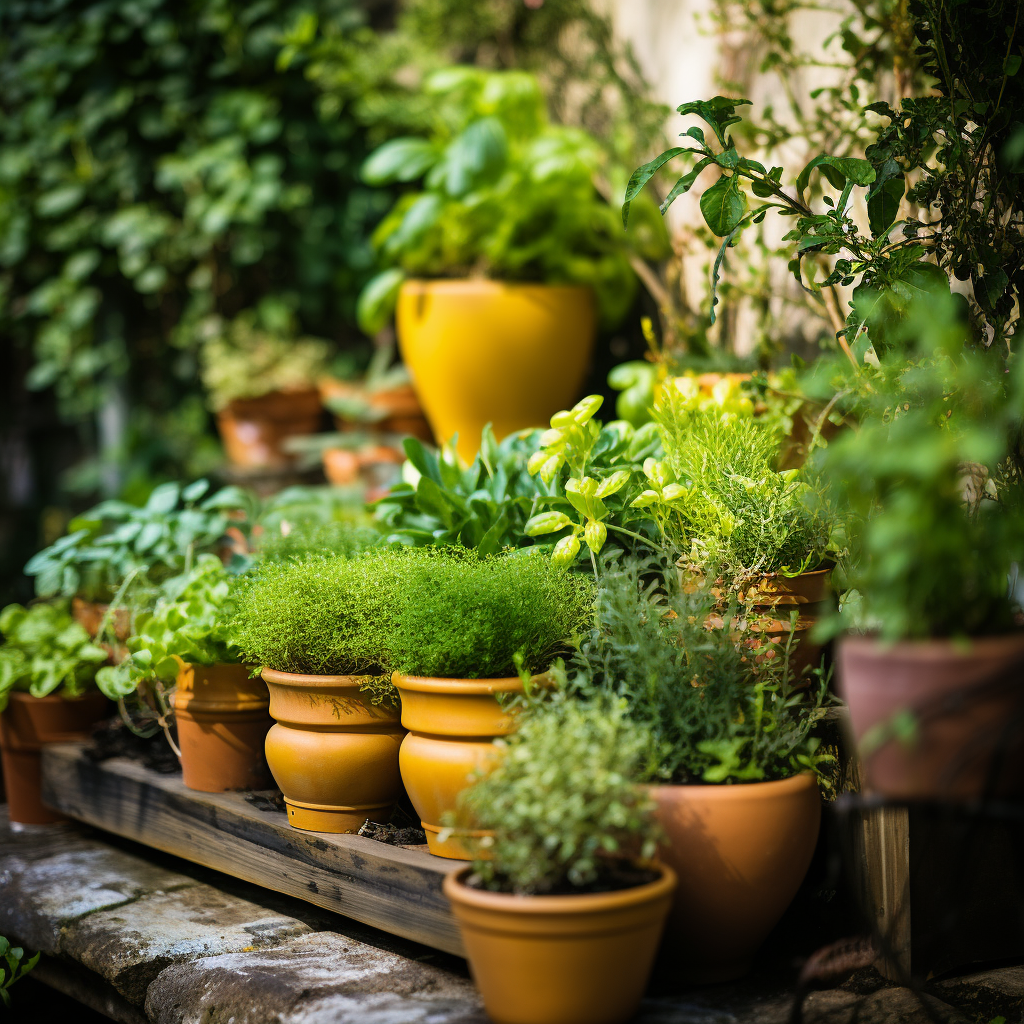
Tree Container Gardening
Growing trees in containers is more challenging. Full-size fruit trees are not going to enjoy life in a container even a big 20 or 30-gallon nursery pot. However, smaller fruits trees like citrus trees such as lemons, limes, etc, will thrive in a container. Often these warmer weather small citrus trees will be grown in pots that are moved out to the sun during the warm weather months and into the house during the winter.
We have a lemon tree that bears fruit that spends several months of the year in the living room in front of a window.
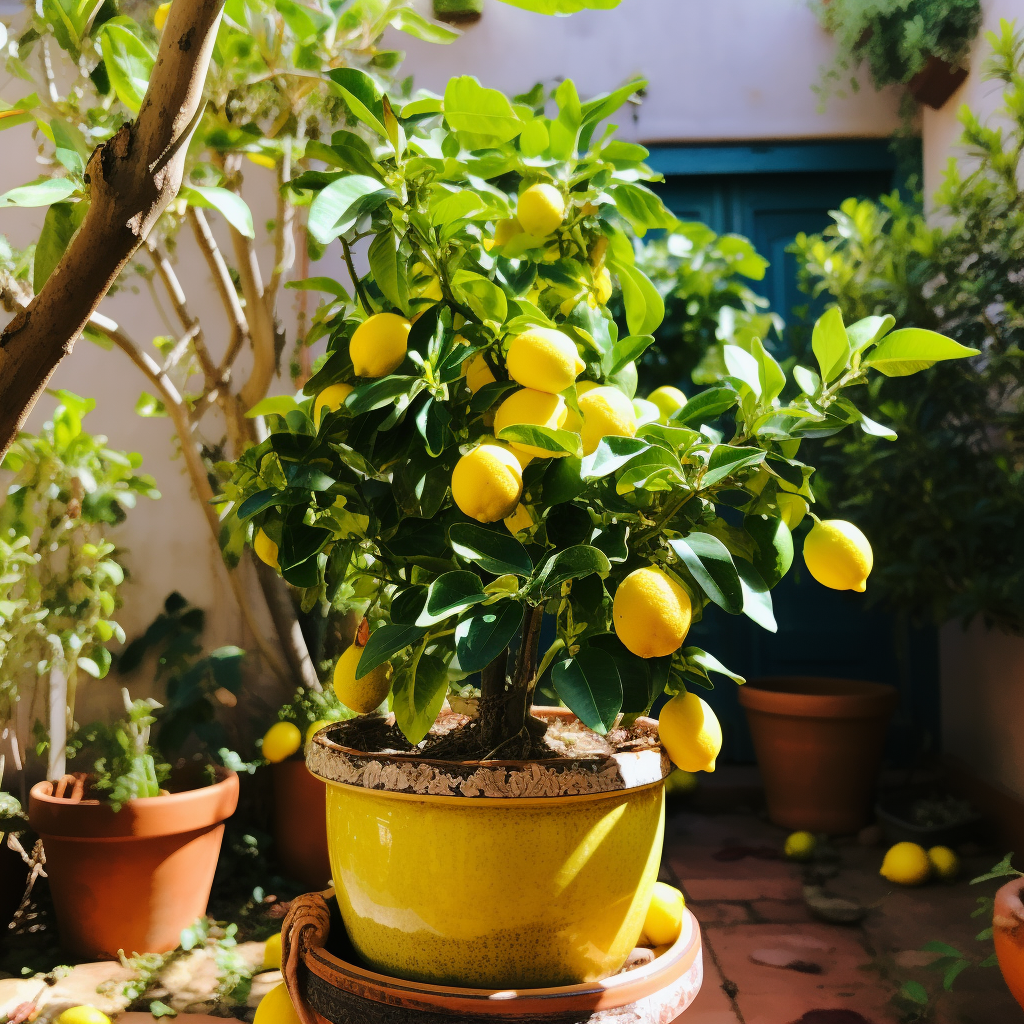
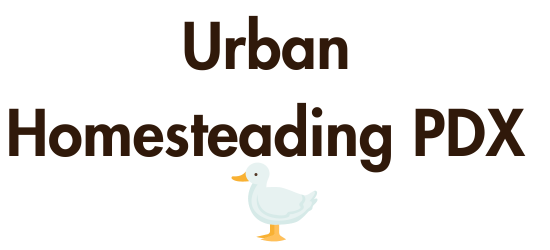
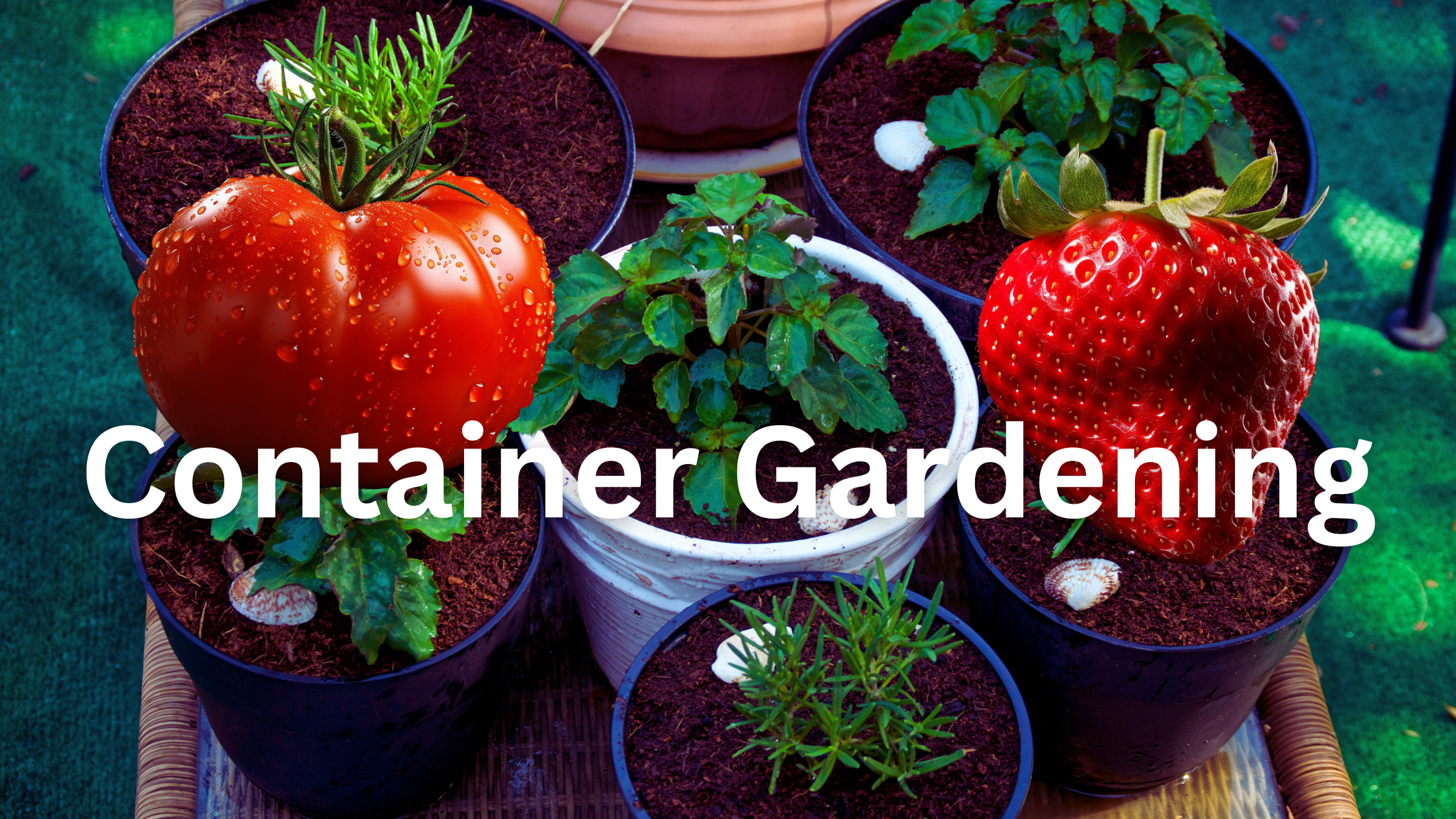


Recent Comments